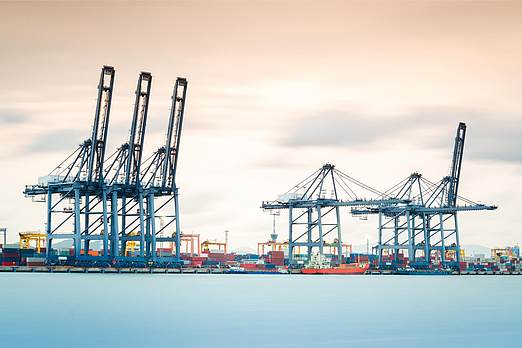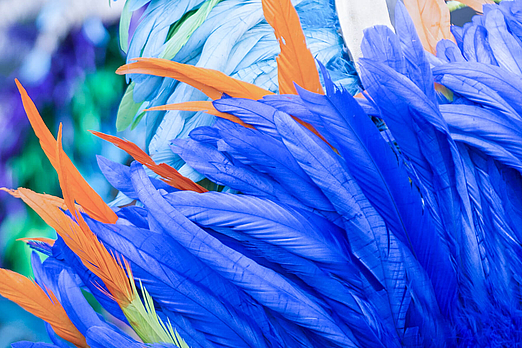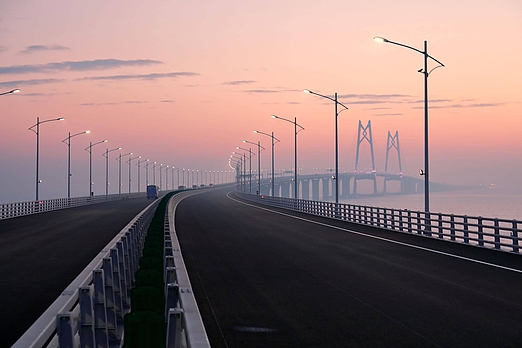Bright and boisterous
Showing true colors – India celebrates “Holi”
- Facts
Everyone went crazy, but it wasn’t a surprise. It happens every year, after all, on the first full moon in the Indian month of “Phalguna”. This year the festival fell on March 25 of the Gregorian calendar. We’re talking about India’s Holi festival, the most flamboyant, colorful and boisterous festival to be found anywhere on the whole continent.
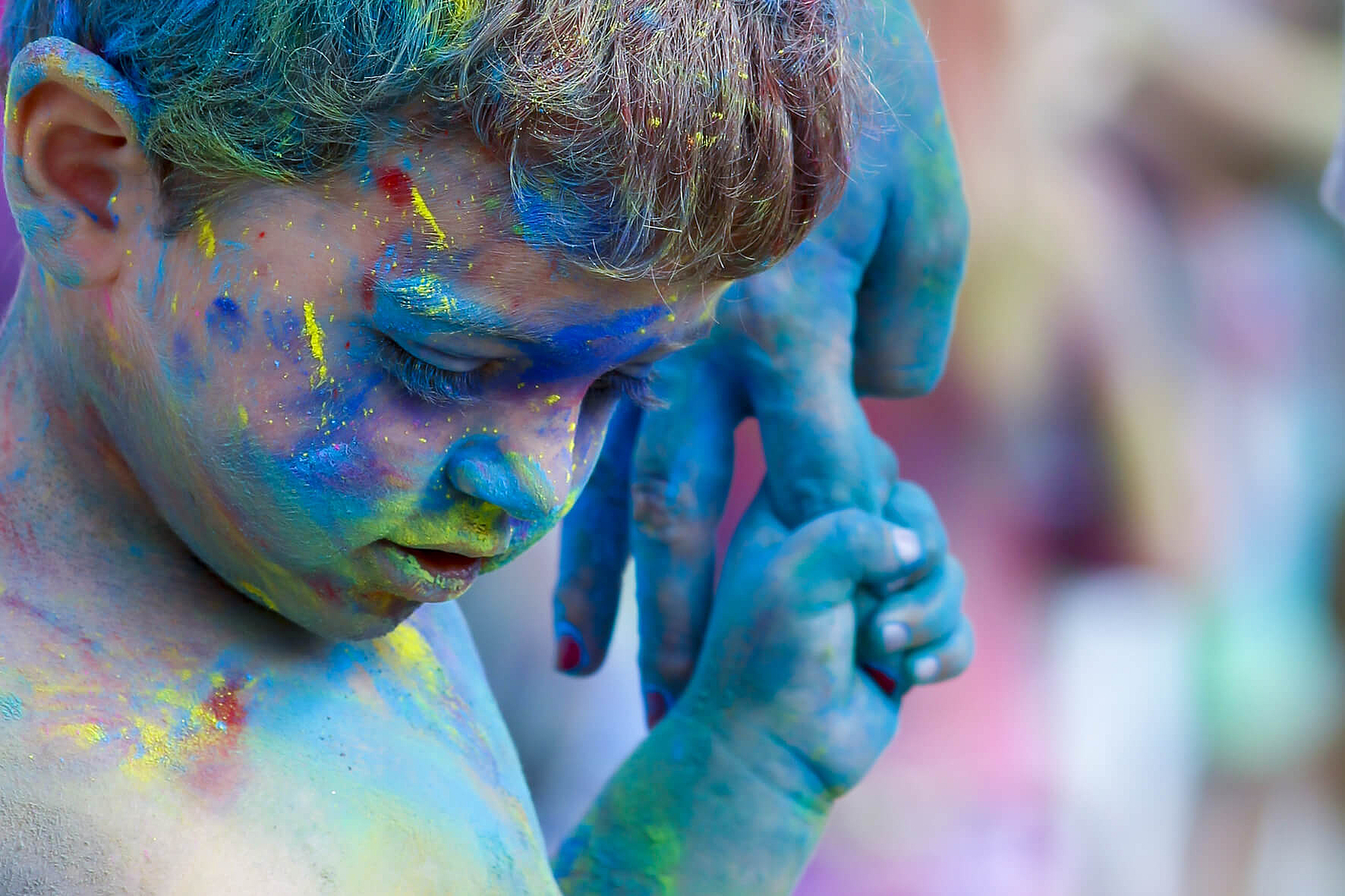
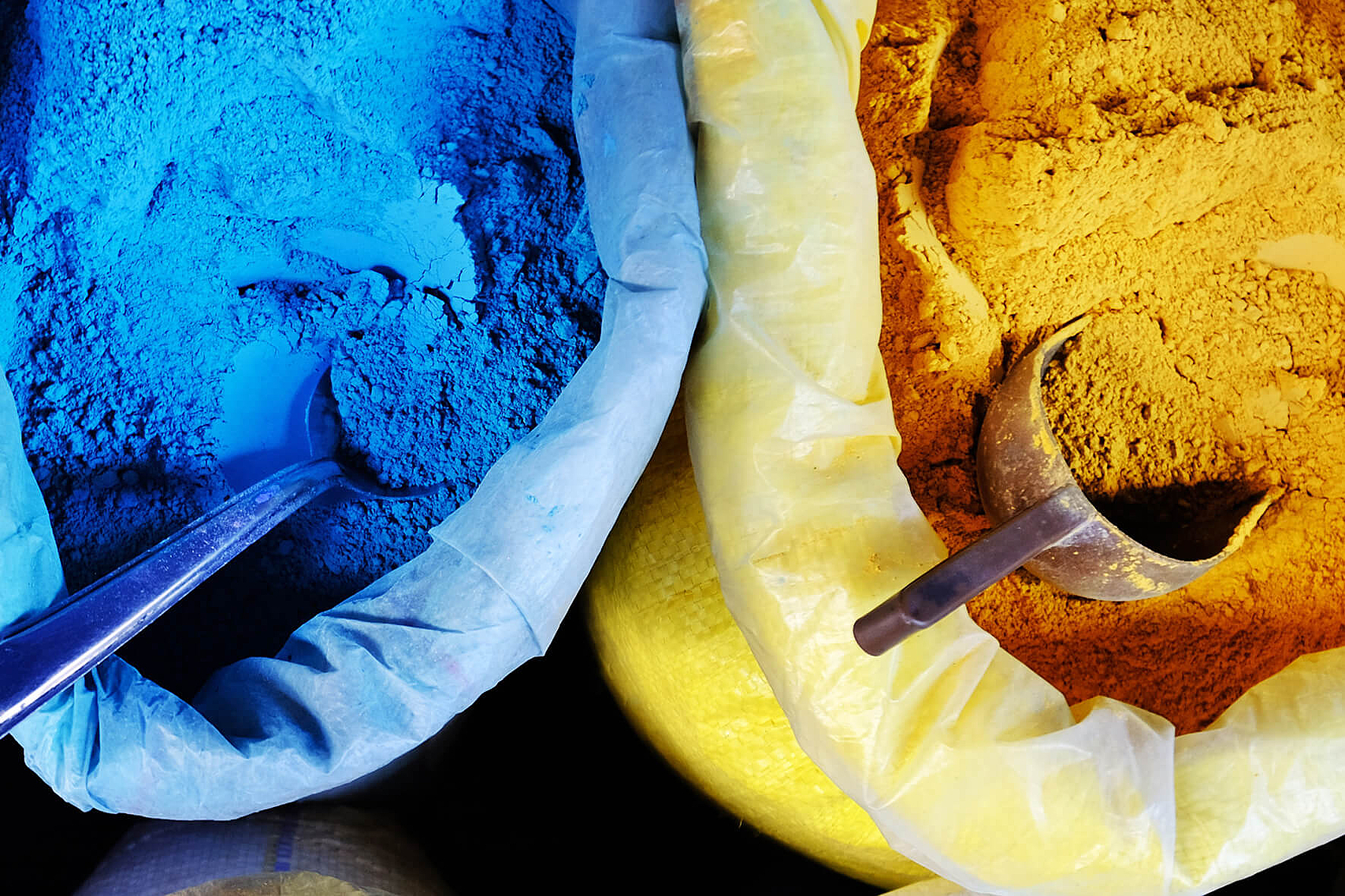
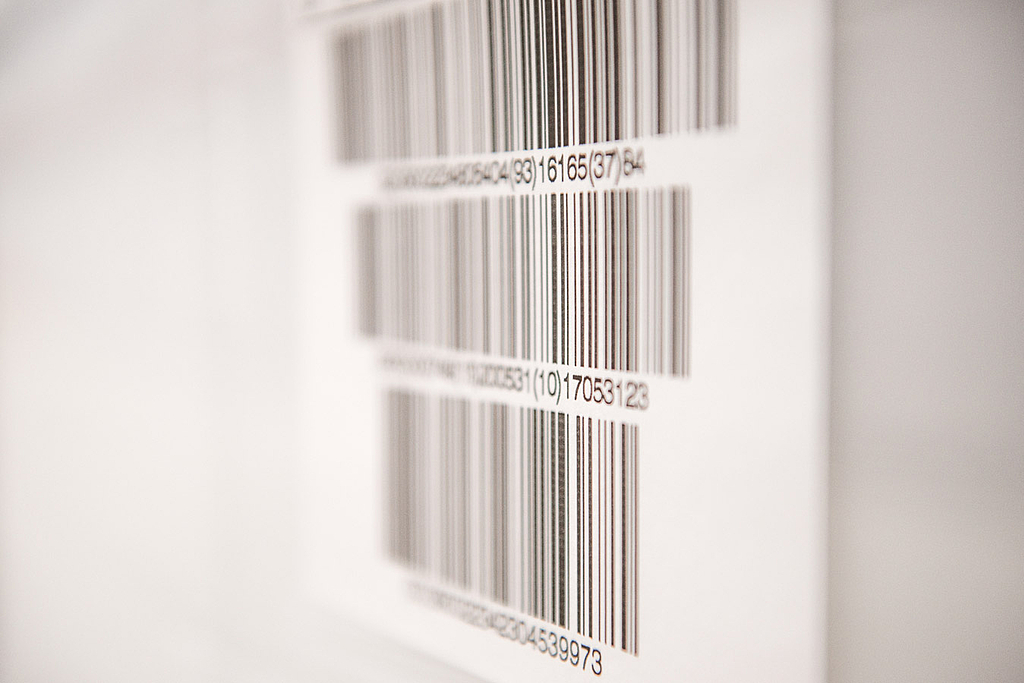
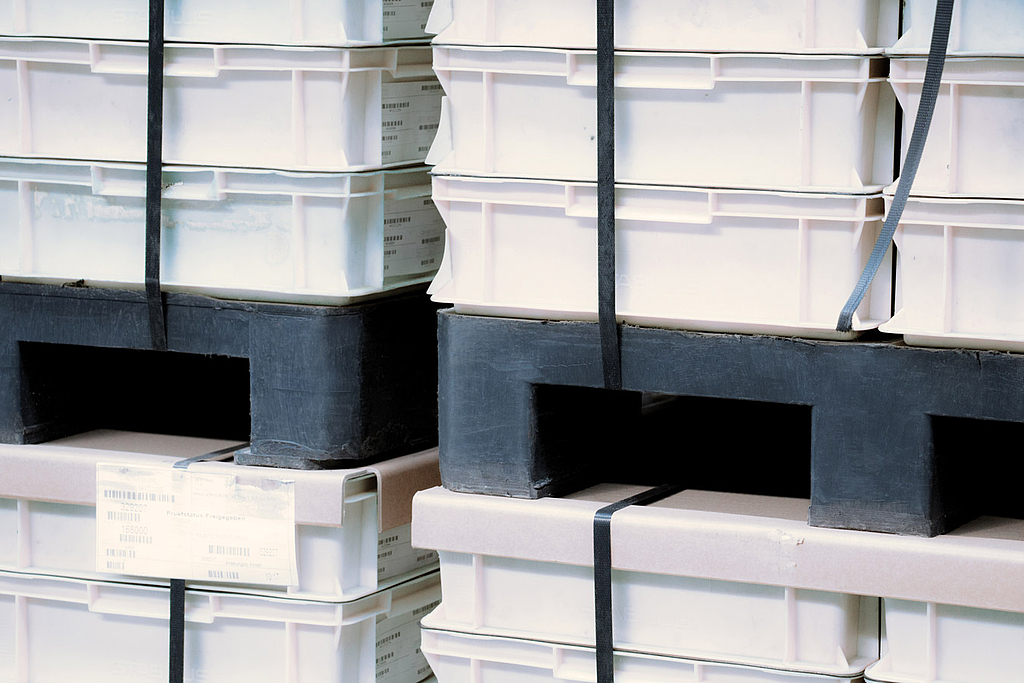
We offer specialized logistics solutions and warehousing facilities for the requirements of a range of industries.
Uniform standards in all of our logistics centers around the world ensure high quality and reliability. Benefit from our comprehensive network of warehouses in Europe, Asia and the USA.
Find out more
By outsourcing your logistics, you benefit from a competent partner who can optimize your processes and save you time and money.
We will be glad to consult you in detail about individual processes or create a comprehensive logistics concept for all your storage, inventory management and order handling.
Find out more
